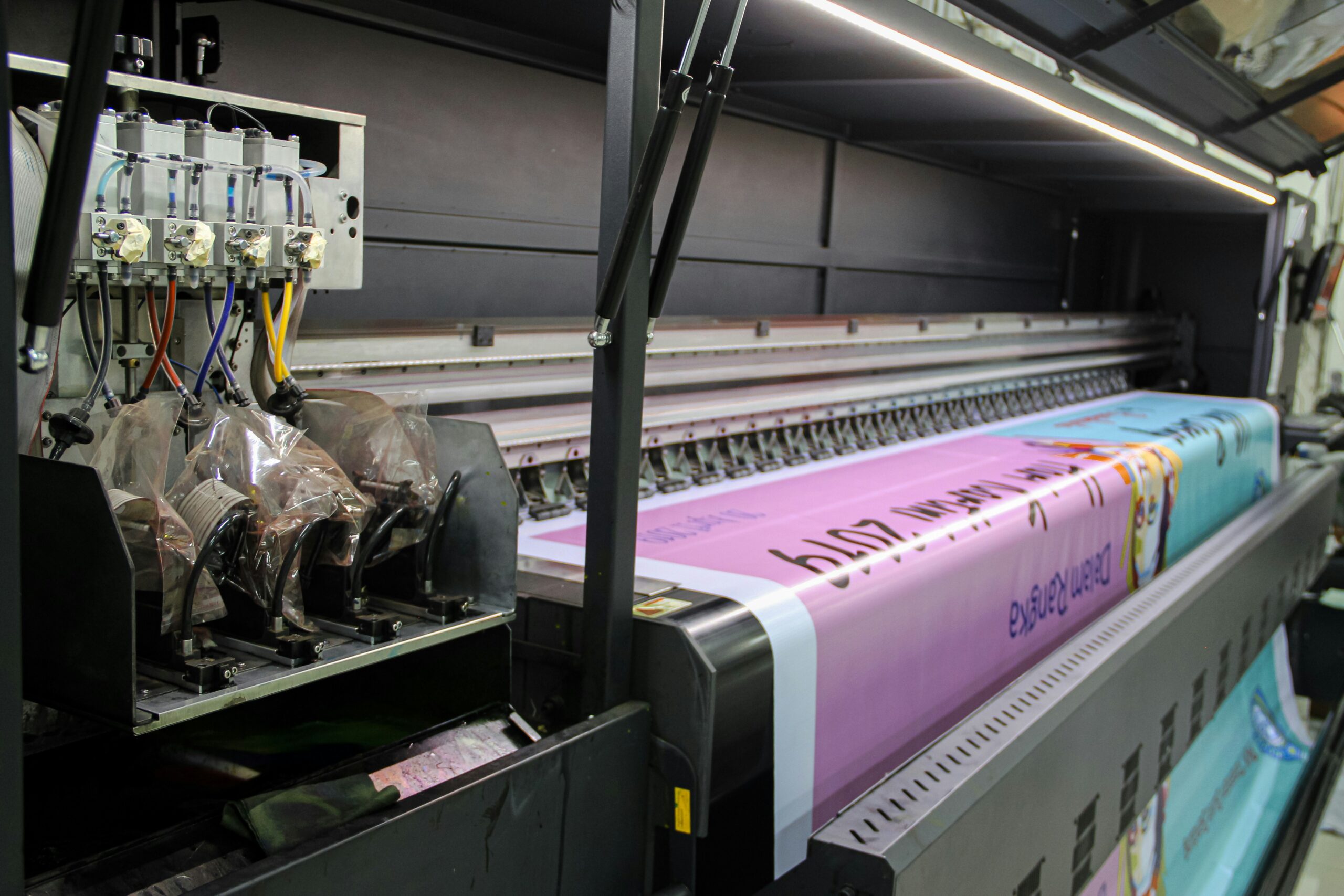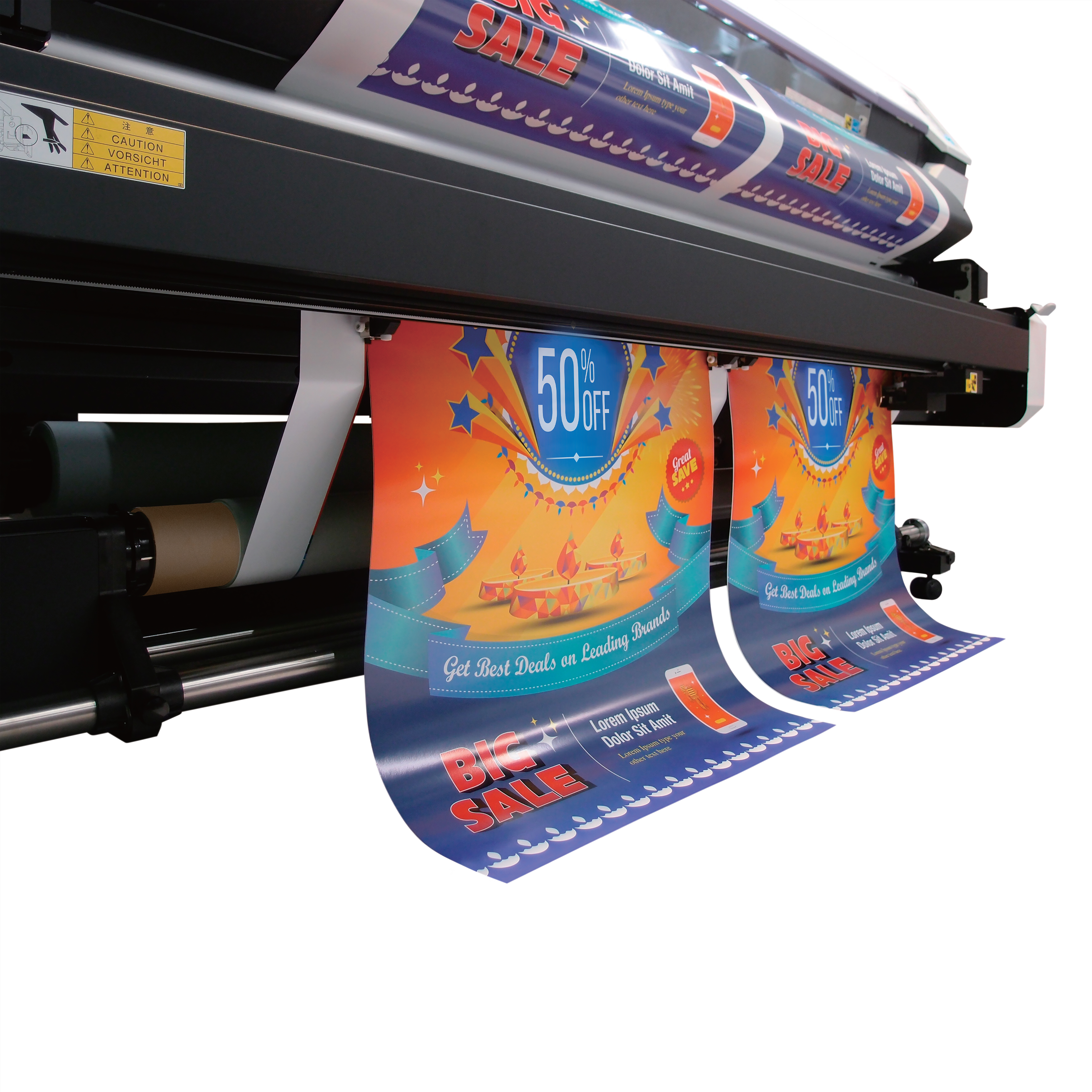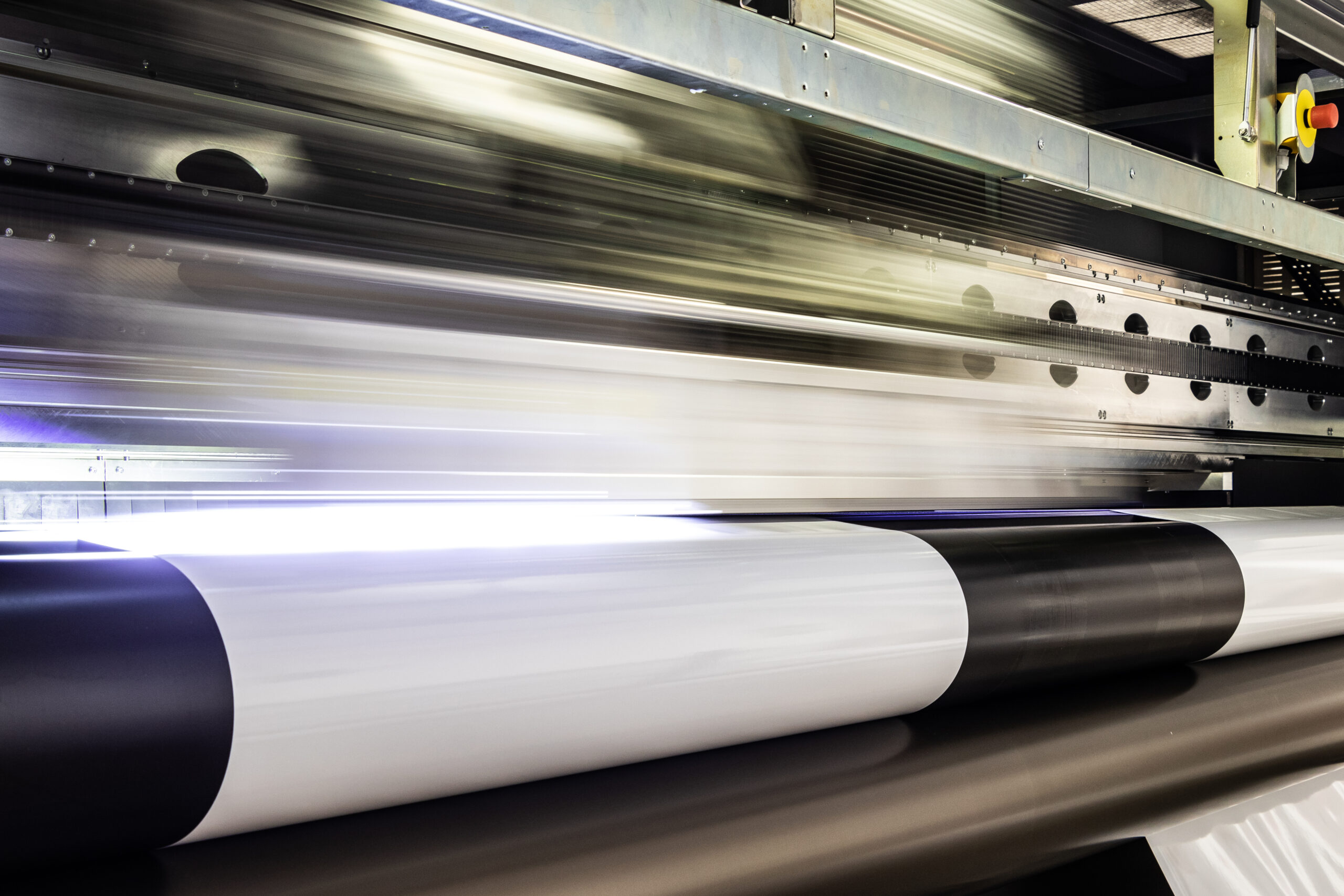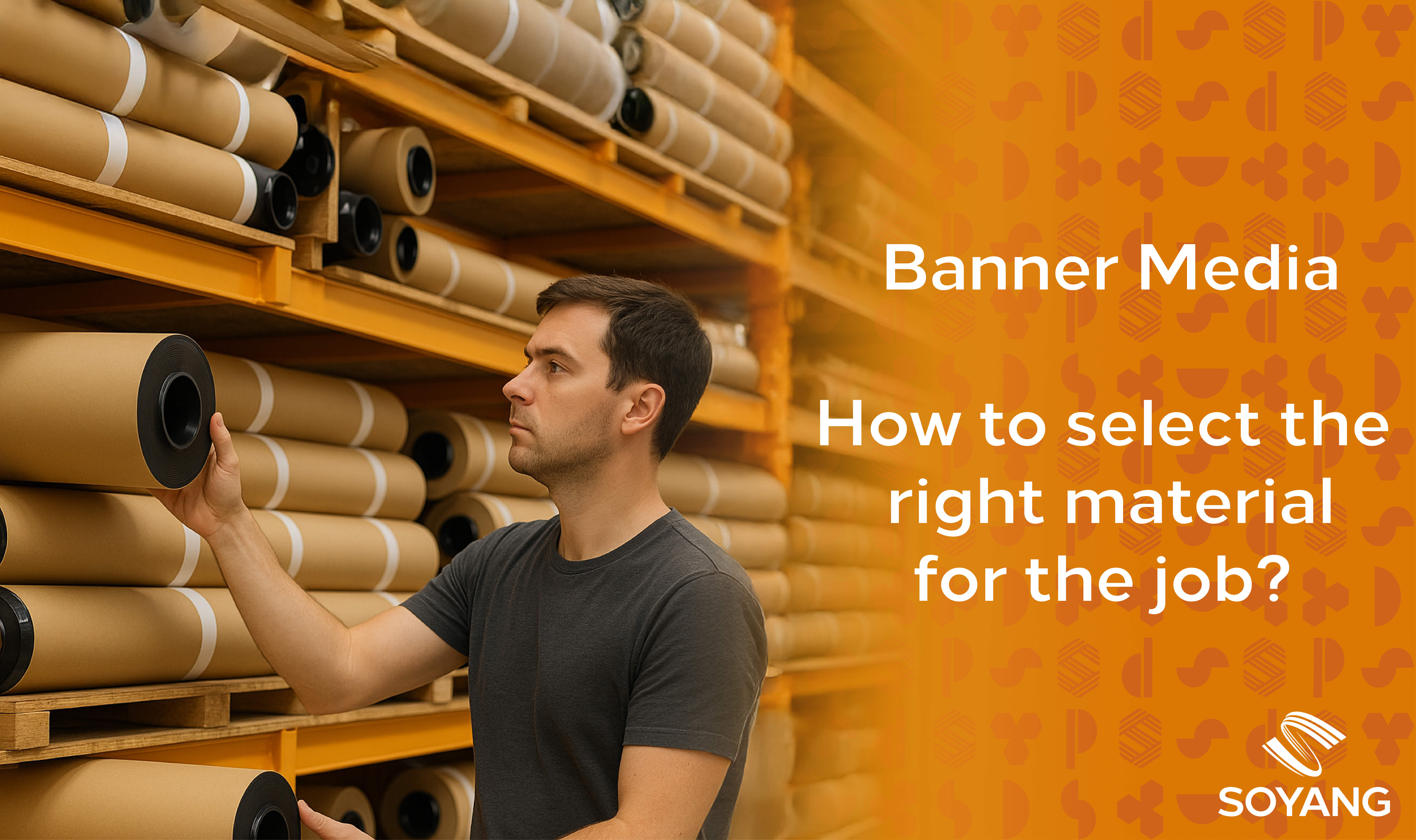What’s the value of coating your printing? What print coating techniques could you apply to your work, and what’s the benefit of each? Here’s the Soyang guide.
Spend long enough in any print shop and sooner or later someone will tell you that until you’ve applied a finish to your print, it simply isn’t finished.
As we explore in our guide to print finishing, there are lots of ways to achieve that finish, and one of the most common is to apply a print coating — a varnish or similar.
Benefits of Digital Print Coatings
Essentially there are two reasons why you’d apply a coating to your print:
Functionality is a product’s ability to do its job. The right print coatings can:
- Protect a product so it can last longer (e.g. by resisting the effects of sun or weather)
- Reduce glare
- Enable it to better withstand the rigours of shipping
- Enable security features like track and trace or counterfeit prevention
- Enhance its marketability (for example, the ability to add an anti-microbial coating to print intended for healthcare settings may be a valuable feature)
Visual appeal is one of the core functions of print. It’s what makes someone pick up your product ahead of somebody else’s. It’s what makes you open that piece of direct mail over the rest. It creates a lasting impression. Paying careful attention to the coating you choose — and in particular the combination of coatings you choose — can be a major product differentiator.
Why Your Choice of Printing Coatings Matters
Your choice of print coatings can (obviously) affect the finished look and feel of a product. But it’s also important to get the choice right because every coating will increase the cost of production and you’ll want to balance that against the impact on the product and customer (and on your reputation).
Coating Printing: Your Options
Overprint Varnish (OPV’s)
Let’s address the sustainable elephant in the room first: OPV’s simply aren’t very eco-friendly because they use hydrocarbons to achieve their finish. For this reason, many print shops use aqueous (see below) as their print coating of choice. Depending on the product (e.g. foods) you may have no choice but to go with the more sustainable option.
There are, however, some reasons why OPVs haven’t disappeared entirely. They’re cheap, for starters. But they are also enormously flexible, making them a good fallback in situations where aqueous coatings would be unsuitable (for example, where there’s a risk of water damage). It’s also the case that some overprint varnishes may be the only viable choice if you want to achieve a heat resistant, anti-microbial or anti-fog finish.
Available in gloss, satin and matt finishes, the latter two are by far the most popular options, with gloss most often used as a spot coating to accentuate design features.
UV Coatings
Can be used across an entire print product, but more likely used in spot UV, which highlights one element of a design and ensures it acts as the standout element. Add it to typography or a logo, for example, and it will instantly catch the eye.
This digital printing coating is achieved by applying a gloss, satin or matt UV varnish to the appropriate area which is then exposed to ultraviolet light for an immediate cure. As an added bonus, the finished result has a smooth-touch feel which adds to the perception of luxury.
Aqueous coatings
The clue’s in the name. Aqueous print coatings are water-based coatings, which instantly makes them the more sustainable option for customers who’d like their print to be kinder to the planet. They’re a budget-friendly option too and they dry quickly.
Commonly used (and well-suited to) all sorts of commercial applications, but they don’t offer much protection against marking, and inevitably (given their composition) none against water damage.
Effect coatings
You’ll be familiar with greetings cards or book covers that use a velvety spot coating on key details to create a wonderful soft-touch feel that almost seems to attract fingers. This is soft touch or effect coating, and it’s that ‘unputdownability’ that makes it so popular.
Talk to Soyang
Made your decision about the printing and coatings you want to work with? Find all the print materials you need at Soyang.










